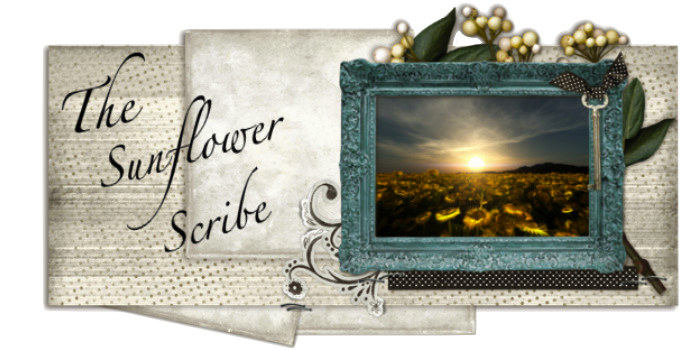Here is my favorite read from February 2012.
Picture Book: Lost Boy: The Story of the Man who created Peter Pan by Jane Yolen

This is lovely picture book biography about the life J.M. Barrie, author of "Peter Pan." At 2990 words, this is probably not the best choice for a one-night bedtime story for young children. It might work if you spread it out over several nights. The story is primarily meant for middle grade readers, grades 4-8. The illustrations are beautiful, whimsical, and fill the readers and listeners with 'awe'.
As an aspiring writer, Barrie's story struck a chord with me. His path to becoming a successful author was not an easy as you would think. He went through many of the same trials and tribulations in his time that we all continue to go through now. It made me feel connected to him in an unexpected way. I always find experiences like these make me feel all warm and fuzzy inside. It's one of many reasons I love children's literature -- the stories reach people of all ages, from 0-90. I hope you will check it out!


